Affiliate links on Android Authority may earn us a commission. Learn more.
Google's biggest blunders
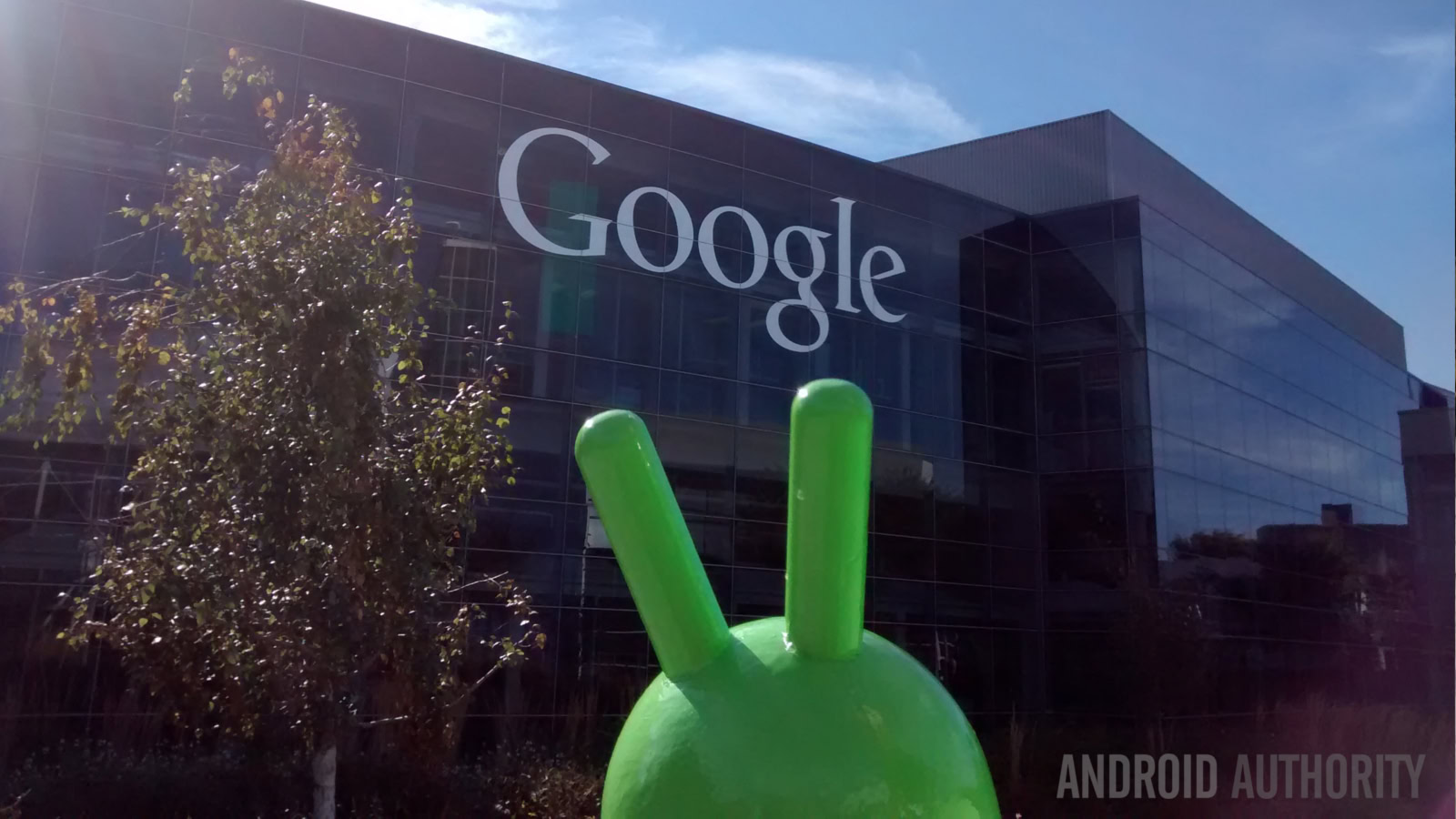
When you think of some of Google’s contributions to the today’s technological landscape, failure is probably not the word that comes to mind. The company’s roots extend back to 1995 when co-founder Sergey Brin met Larry Page, Google’s other co-founder, at Stanford University when Brin was coincidentally assigned to give Page a campus tour. The duo first collaborated on BackRub, which could be seen as the first incarnation of the search engine that was essentially the Plymouth Rock of the digital age.
Look back over the company’s illustrious history and you’ll see one groundbreaking, game-changing success after another. We take it for granted today, but the introduction of Google’s image search in July of 2001 was momentous and made more than 250 million images available with just a quick query. Google added Blogger to its résumé in 2003, which was largely the jumping-off point for the blogging craze that remains one of the most important digital communication tools today. And that’s without getting into Google Maps, Android, virtual reality, and some more recent innovations that have become or are becoming part of the technological zeitgeist.
But as innovative as Google has been, not every risk the company has taken has paid off. When you’re a perpetual boundary-pusher, there will inevitably be times when you’ve pushed the limit just a bit too far. Or perhaps the world isn’t ready for one of your big ideas. Or maybe something gets lost in translation between your good intentions and the mess that comes out on the other side. With that in mind, we’re going to take a moment to reflect on some of Google’s biggest blunders.
Google Answers (2002–2006)
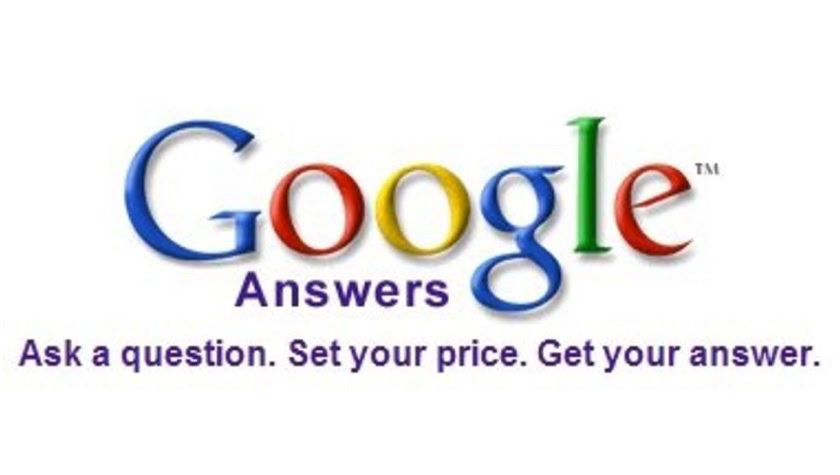
Before the launch and quick popularity of Yahoo Answers, Google launched its own Q&A platform in 2002 by the thrilling name of Google Answers. However, while the Yahoo version would be more like a forum in that knowledgeable users are motivated to answer other users’ questions by the accumulation of reputation points and notoriety, Google’s idea was to make Google Answers a paid service. In essence, users would post their questions and have to pay as little as $2 or as much as $200 for answers from “experts”.
Google Answers was widely panned almost from the start. A few years after the start of Google Answers, Yahoo Answers was launched and effectively squashed what little appeal Google Answers had to offer. The platform languished in obscurity for another year while hoping the Google name would allow it to at least compete with Yahoo Answers in terms of popularity. Actually, it was Google’s hope that the promise of more high-quality answers would drive revenue, but that was definitely not the case. The plug was pulled on Google Answers in 2006 with Google referring to the failure as a “great experiment” that provided them with lots of “material for developing future products”.
Google Wave (2009–2010)
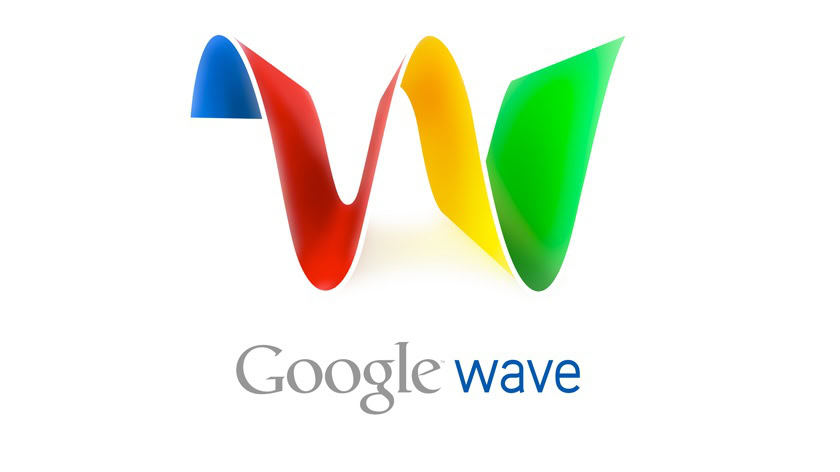
Before there was Google+, Hangouts, Google Docs, and Inbox, Google had a platform that strived to be a combination of all of the above. The platform was a confusing mess called Google Wave, a real-time collaborative editing, instant messaging, blogging, file management and sharing, emailing, and social networking client that was a little overzealous in its ambitions.
At a glance, Wave appeared to be a standard email inbox; however, imagine receiving emails at the speed with which you’d receive instant messages in a group chat with your entire social media friends list.At the same time, anyone in your address book could go back through all those messages and make changes at any and all points in the conversation. Wave users found it impossible to keep up with the barrage of conversations by themselves, and who knew what changes your contacts were making in the far corners of your inbox. It was like cyber hide-and-seek. Apparently, someone at Google took a productivity idea, attached it to a collaboration bomb, and hoped something resembling utility or productivity could be pieced together in the aftermath.
While there were a select few users who appreciated what Google was trying to do with Wave, the majority of people who gave the client a chance found it convoluted and unusable. Google would go on to break Wave down into the half a dozen or more separate apps that we all know and love today, just a year after the client’s launch.
Google Buzz (2010–2011)
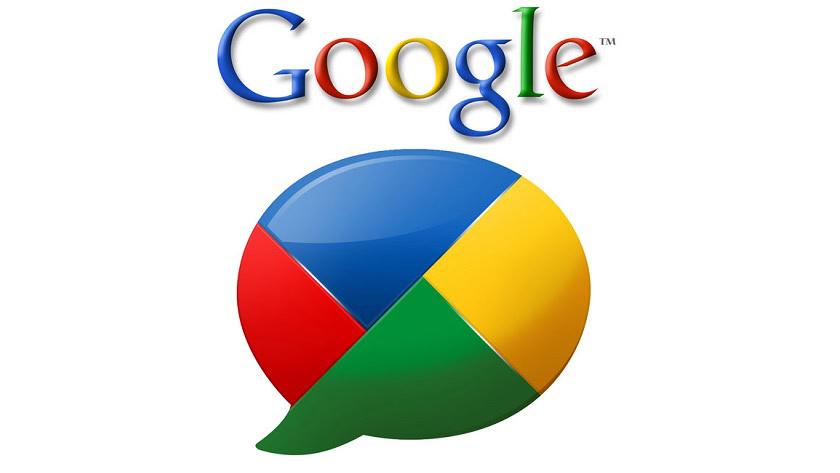
Remember Google Buzz? It’s okay. Nobody else does either.
The easiest way to describe Google Buzz would be as the ancestor to the ever-unpopular Google+. Buzz gave you many of the essential social media functions known and loved today: sharing links, sharing media, leaving comments, sending messages. Obviously, the best way to make Google Buzz accessible and make sure people used it would be to pack all those features right into your existing Gmail inbox. No muss, no fuss.
Understandably, this made Google Buzz pretty convoluted from a usability standpoint. There were also some concerns over privacy and whether adding Buzz into Gmail would make your Gmail vulnerable. As well, many of the social features were provided by accessing very private information. For instance, the social graph feature tapped into users’ address books, which was a major point of contention. And when it came down to it, Buzz didn’t offer anything that wasn’t done better (in most cases embarrassingly better) but the social media powerhouses with which Google has desperately tried to compete.
Although Google would come to realize that you can’t jam a social network into an email inbox and has fared better with Google+ — which was born from the ashes of Google Buzz — it’s becoming blatantly clear that social networks aren’t the search engine giant’s strongsuit. And there’s no shame in that. (Do you hear us, Google?)
Google Nexus Q (2012–2013)
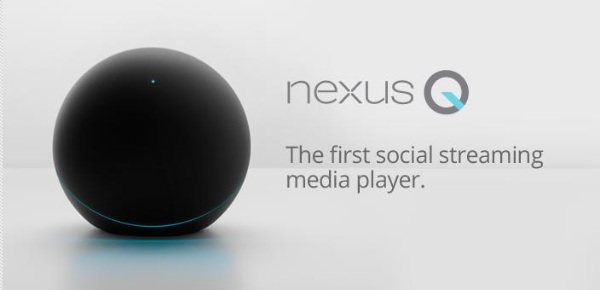
The year was 2012 and streaming video was taking off in a huge way. Although the idea of streaming media from the web wasn’t exactly novel since the Apple TV debuted in 2007, it took a while before market competition resulted in some truly impressive streaming media players. By 2012, Roku and Google TV were two of the biggest competitors of Apple TV, but Google had hoped to up the ante by debuting the Nexus Q at I/O 2012. The Nexus Q was a streaming media player that made media consumption an interactive group activity, which was seen as a very creative — albeit somewhat confusing — concept at the time.
Google’s Nexus Q was praised for having impressive, powerful internals and an eye-catching, orb-like design (like “a Magic 8 Ball designed by Porsche”), but usability was a problem that plagued the Q from day one. For one thing, the concept of group media conception — which meant that everyone with an Android smartphone could control the device via an app — was better in theory than in practice. Users complained that the shared control of the device took the focus away from media consumption, which was an area in which the device was actually quite limited. The Nexus Q supported only Netflix, YouTube, and the Google Play Store, leaving out other popular services — like Hulu, Crackle, and others — and severely hindering the potential of the Q. Some of the device’s quirks might not have been so devastating to its sales performance if the Nexus Q didn’t have a price tag of $300, higher than even the Apple TV.
Despite the praise it received for even attempting such an innovative approach to media consumption, the Nexus Q was abandoned before it really ever had the opportunity to hit many customer hands. However, a number of the ideas behind the Nexus Q went into Google’s Chromecast, which debuted in 2013 and features much better implementation of the queued media for group consumption.
Google Glass (2013–2015)

In theory, it’s a brilliant idea, but Google Glass was a little ahead of its time and never caught on the way Google had hoped. The idea was simply to give users a computer that they can use anytime and in a way that integrated their usage of the device into their daily life. By wearing the glasses, you could see a map seemingly projected onto your field of vision or scroll through your Twitter feed. It’s a concept that you’ve surely seen in countless sci-fi movies; however, there were a couple problems with Google Glass that doomed it from the start.
First, the price tag. Although it didn’t see a mainstream release, virtually anyone could purchase the initial incarnation Google Glass — called the “Explorer Edition” — directly from Google for a cool $1,500. Obviously, that’s not the kind of money that people are willing to pay for a prototypal device that hasn’t really had its functionality established. Another major problem was that what little development that was occurring for Google Glass was slow and very incremental. Google hasn’t officially pulled the plug on Glass, but there’s basically no longer any active development currently being done for the device. As well, Google is known to have filed a number of patents for a potential follow-up to Google Glass last year, which is a pretty clear indicator that Google has either abandoned Google Glass or is pursuing an alternate version of the experimental device (Time Magazine suggests the latter).
Google Helpouts (2013–2015)
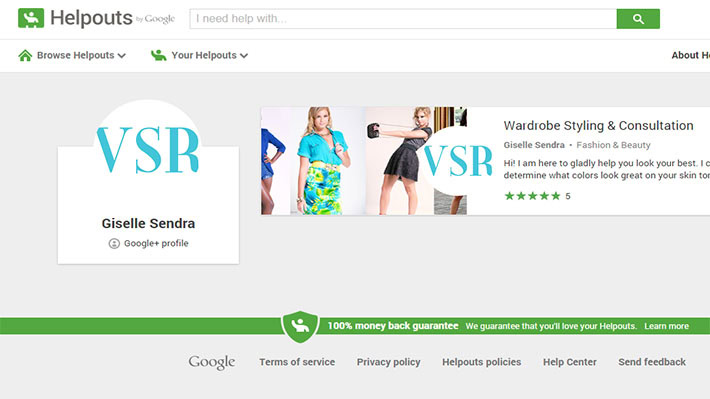
Many people thought Google Helpouts would have some serious legs. Like several of Google’s other gambles, however, the subpar marketing and availability of more popular alternatives eventually led Google to pull the plug on Helpouts on Friday the 13th in February of last year.
You might say that Google Helpouts was a cousin of Google Answers.
It had a similar Q&A foundation while reflecting the recent popularity of video chat. As with Answers, users of Google Helpouts could pay a fee to post questions that needed answering. Meanwhile, anyone who could pass for an expert in any particular fields could sign up to answer those questions via video chat in Hangouts, getting paid in the process. Alternately, a user could peruse through the directory of experts and pay to schedule video chats according to the experts’ schedules. This might sound promising, but there were some major limitations that, in hindsight, spelled death for Google Helpouts from the beginning.
For one thing, both users and experts had to have Google+ accounts since Helpouts worked by capitalizing on how Google+ is essentially the apex of all Google integrations. You signed up for Helpouts through Google+, synced your Google Calendar to Google+, used Hangouts through Google+. If you were staunchly against Google+, it was impossible for you to use Helpouts. And then there’s the fact that Google made a 20 percent royalty from each transaction, which rubbed people the wrong way since Helpouts mostly utilized Google services that already existed and were free. Also, because the experts were essentially the sole reason for any revenue Helpouts could’ve netted. Oh, and you had to use Google Wallet to pay or get paid for chat sessions.
Depending on the length of the chat session, the cost would either be predetermined or calculated per minute. As well, there were steep cancellation fees (of 50 percent or more) if a user needed to cancel or reschedule a chat session with an expert. With all these caveats, it’s really not surprising that Google Helpouts didn’t last very long.
Google Wallet Card (2013–2016)
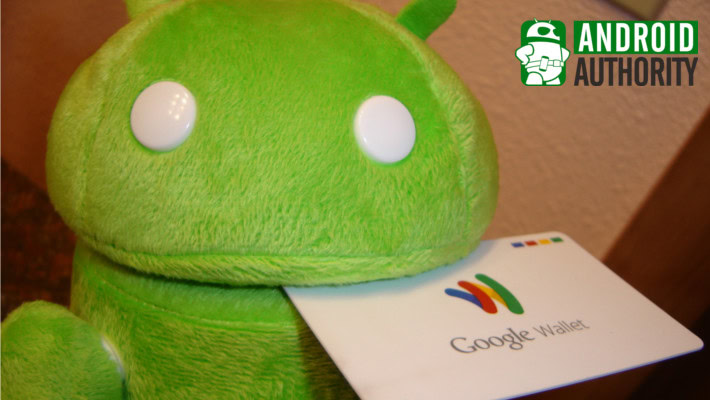
Google Wallet is the infamous precursor to Android Pay that was a much less refined and less capable mobile payment solution. Whereas many of us are making mobile payments using NFC on our phones, Google Wallet was initially designed around an actual, physical card: the Google Wallet Card.
The Google Wallet Card made its first appearance after a leak in 2012. This first iteration of the card would have been a real game-changer as a “programmable” payment card. In effect, you could leave all but your Google Wallet Card at home. At any given time, you could choose which of your debit or credit cards to link to the Google Wallet Card via the Google Wallet app; upon swiping the Google Wallet Card, the charge would be forwarded to the debit or credit card of your choosing. This essentially would have combined your entire wallet into a single card, so it’s not surprising that a lot of buzz surrounded this initial Google Wallet Card leak. But that’s not the card we got.
When it was released in late-2013, the Google Wallet Card was essentially a prepaid MasterCard that used your Google Wallet balance like any other prepaid debit card. Whatever funds you deposited or received to your Google Wallet account was the amount you could spend with your Google Wallet Card. What it really boils down to is Google attempting to take on PayPal: Youcould receive online payments, make payments with a physical card, and send money to or receive money from family and friends. If this wouldn’t have given you cause to doubt the longevity of the Google Wallet Card, the release and relatively quick adoption of Android pay all but sealed the fate of the Google Wallet Card, which paid its final transaction just two months ago on June 30.
Google+ (2011–20??)
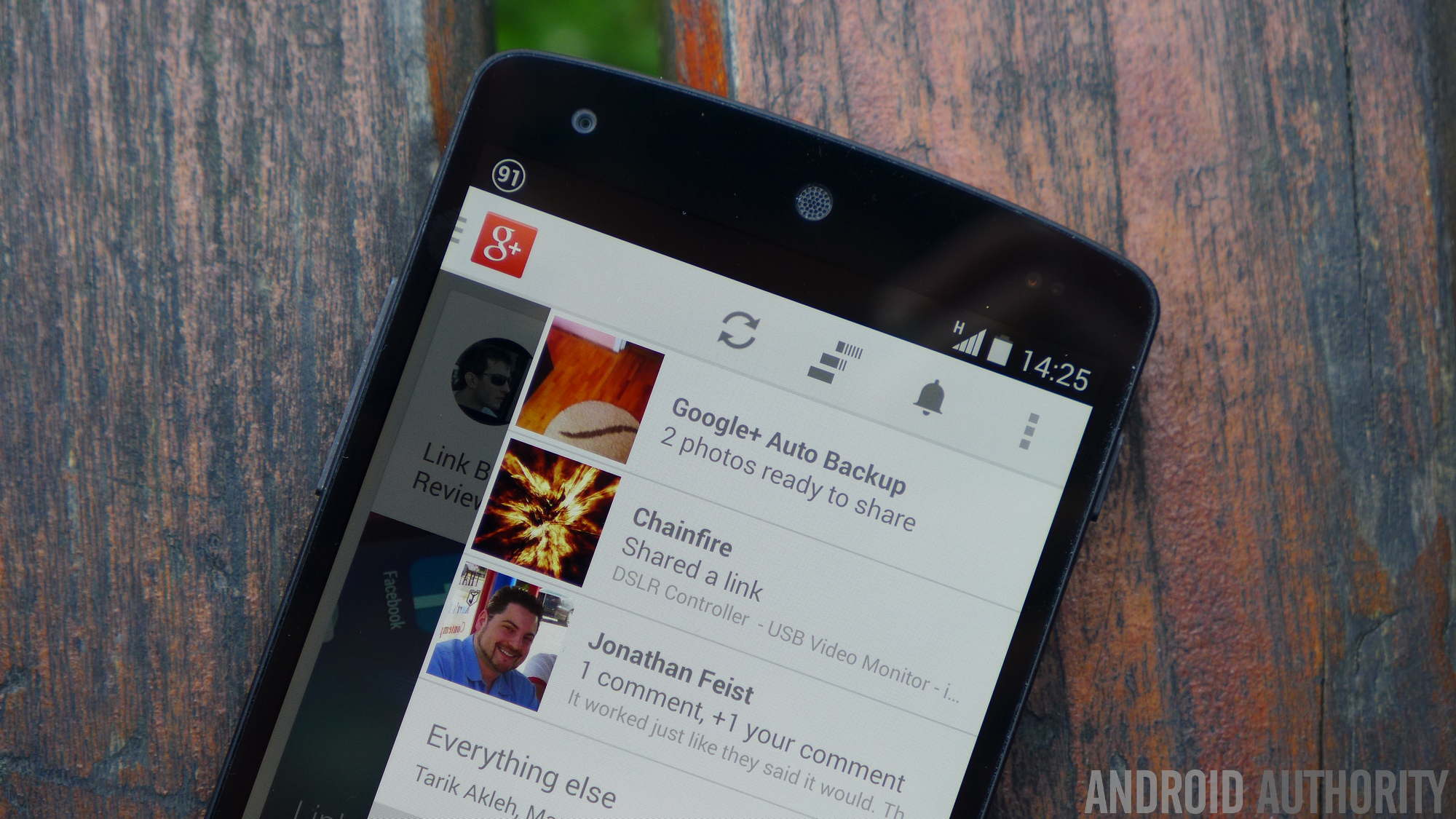
The determination that Google has exhibited to capitalize on the popularity of social media has resulted in the last blunder on our list. Although Google+ is still functioning, the platform has never been the success that Google had hoped it would be despite aggressively pushing Google+ at us every chance the company got. According to insiders, by the early 2010s, the creation of the next big social media network was at the top of Google’s to-do list. It’s said that Vic Gundotra — who would become the chief architect of Google+ — told Larry Page over and over again that the company would need to create a social network or be overthrown by Facebook. In fact, this is one of the primary reasons Page returned to his more proactive position as CEO after a number of years in a more hands-off role.
“We’re turning Google into a social destination,” Gundotra said in a 2011 interview. Sure enough, Google cobbled together a rudimentary interest-based network that offered something of a combination of LinkedIn, Instagram, and Facebook. Unfortunately, the hodgepodge of features shamelessly plucked from other social networks lacked cohesion and purpose. One of the network’s calling cards was its unintuitive and disjointed navigation. Even trying to navigate around your own profile is made much more confusing than it should be. Aside from Hangouts integration and Google+ communities, which would become the network’s most well-known and praised feature, most everything that Google+ offered could be found on other networks where it was usually put to much better use.
It remains to be seen how much longer Google+ will be around, but there’s no question that the network’s days are numbered. Less than 1 percent of all Google users are active on Google+. Of course, there are still many holdouts who refuse to attach Google+ to their Google accounts, so that may not be the most representative figure. The average Google+ user spends just 7 minutes using Google+ each month. The network accounts for just 3 percent of all social sharing in the U.S. More than 90 percent of all Google+ accounts are inactive without so much as a single post. Meanwhile, Google is spinning out many Google+ features into their own, separate entities like they’ve done with Google Photos. Even Hangouts On Air is now a YouTube rather than Google+ feature. As well, users no longer need Google+ accounts to write Play Store reviews and you can now use Google instead of Google+ when signing up for accounts on various websites.
What do you think about Google’s aforementioned failures? Do you consider G+ one of them, or are we still too early in predicting its fall? Were you ever a user or fan of any of them? Do you think any of them would be more successful today? Give us your thoughts in the comments below.